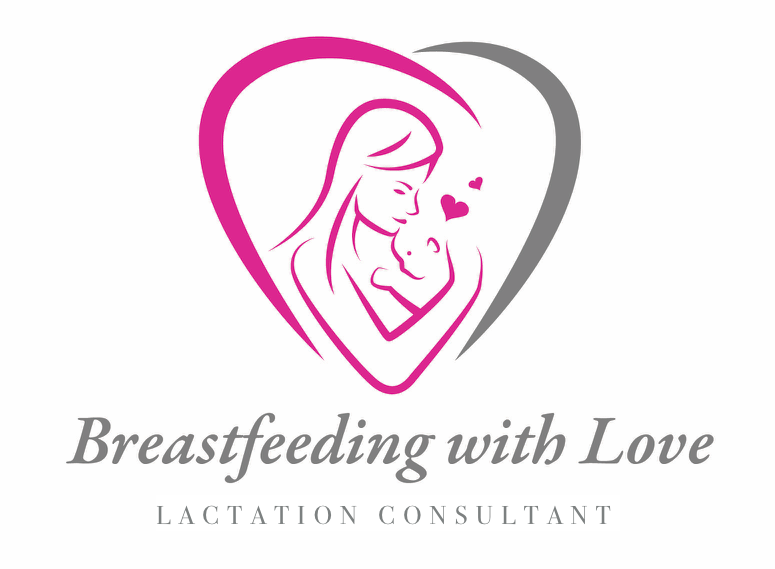Some Amazing Facts About Breast Cancer
Breast Cancer is a form of cancer that affects and starts in the cells of a woman's breast. A malignant tumor is a group of cancer cells that can grow into nourishing tissues or metastasize, spread to areas around the breast, such as your lymph nodes. The majority of cases are women, however men get it too. Family history is one factor that determines your risk for the disease of breast cancer. Therefore, it is important for a woman to increase their awareness about their personal risk of breast cancer. In fact, many older women, older then 50, are diagnosed with breast cancer. Ethnicity plays a part in developing breast cancer. Asian, Native American, Hispanic women have a lower change of getting cancer. While Caucasian women are more likely to get diagnosed. African American women have a greater risk of dying from breast cancer. Furthermore, if a mother, sister or daughter has breast cancer, your risk doubles.The American Cancer Society has put out statistics on breast cancer as follows: about 1 in 8 women, 12%, will develop invasive breast cancer during their lifetime. Statistics for 2014 are as follows: 232,670 new cases if invasive breast cancer is diagnosed in women.62,570 new cases of carcinoma in situ (CIS) will be diagnosed, which is the earlier form of breast cancer. 40,000 women will die. Breast cancer is the second leading cause of death in women, next to lung cancer. Early detection, breast cancer awareness and screening have helped with catching breast cancer earlier. We are now seeing since 2000, a decreasing rate of breast cancer survivors today in the United States. There are several types of breast cancer. Here are the more common types. Ductal Carcinoma in situ (DCIS) Intraductal Carcinoma is considered non-invasive. Cancer has not spread. Lobular Carcinoma (LCIS) grow in the lobules of the milk-producing glands of the breasts. This is not a true cancer. Invasive Ductal Carcinoma (IDC) starts in the milk duct, goes through the wall and grow into the fatty tissues of the breast. It may spread. Invasive Lobular Carcinoma (ILC) starts in the milk production glands. It can spread. Less common forms of breast cancer is Inflammatory Breast Cancer (IBC).Here are some basic knowledge about a females breasts: The female breast is made up of lobules, milk-producing glands, and ducts, tiny tubes that carry milk from the lobules to the nipple, the stroma, which are fatty and connective tissues surrounding the ducts and lobules, blood vessels as well as lymphatic vessels. Some cancers begin in the cells that line the duct, ductal cancers. While others begin in the cells that line the lobules, lobular cancer. Other cancers start in the tissues of a women's breast. Breast cancer can spread through lymph nodes. Lymph nodes are part of our immune system cell that is connected to the lymphatic vessels. Some lymph nodes are nearby under the arm while others are above or below the collarbone, near the breasts. Breast cancer spreads to these lymph nodes.Your genes play an important part in breast cancer. If you have BRCA1 or BRCA2 gene mutations, you have a higher risk for breast cancer. Therefore, monthly self-exams, mammography, clinical breast exams when doctors request them, are important. The earlier mutations are detected, the better the survival outcome for a woman. A simple blood test of saliva test is needed. Additionally, genetic testing may be recommended. Afterwards, your doctor can recommend medications to reduce your risk of cancer, diagnose and even so preventative surgery. The American Society of Clinical Oncology (ASCO), developed clinical practice guidelines about tumor markers for breast cancer. What is a tumor marker? Tumor Markers is a substance produced by a tumor. Tumor Markers are found in the person's blood, urine or tumor itself. It is produced by the tumor in a person's body in response to cancer. When Tumor Markers are used with other tests, they can be very helpful.The next four paragraphs talk about Tumor Markers. Estrogen receptor(ER) and progesterone receptor (PR) -Breast cancer cells with ER and PR depend on estrogen and progesterone to grow. Successful treatment with hormone therapy is tamoxifen (Nolvadex). Human epidermal growth factor receptor 2 (HER2)- This protein is present in large amounts in 20 to 25% of breast cancers. Testing for HER2 helps doctors know if cancer can be treated with anti HER2 treatments. Cancer antigen 15-3 (CA15-3) cancer antigen- 27.29 (CA 27..29) and carcinoembryonic antigen (CEA). These Tumor Markers are found in 50 to 90% of patients with metastatic breast cancer, which is cancer that has spread outside the area of the breast. Urokinase plasminogen activator (uPA) and plasminogen activator inhibitor (PAI-1)- higher then normal levels of them, Tumor Markers mean the cancer is more aggressive and faster growing. The Tumor Markers will probably help doctors decide what treatment to do such as chemotherapy after surgery. Additionally, the patient lymph nodes will also be checked. In conclusion, it is important to be a well informed patient on breast cancer.Remember knowledge is power when it comes to your health and dealing with breast cancer. In addition, Tumor Markers are used to monitor, treat, help plan, guide and diagnosis breast cancer. They also predict the testing response to hormone therapy after surgery. Patients that have no cancer spread to their lymph nodes, may not need chemotherapy. Many cancer patients are now going on Tamoxifen for many years after breast cancer. Always ask your doctor for advice and don't be afraid to come with a list of questions. I know I did when I had a family member diagnosed with cancer. Remember, your doctor is here to help you and be a part of your treatment plan and recovery. Good luck and I hope everyone who goes through breast cancer and any form of cancer will come out stronger and be a survivor. References: Cancer.Net-Breast Cancer (This website has over 120 different cancer types andinformation).www.asco.org/guidelines/breast.1. Guide To Breast Cancer2. What To Know: ASCO's Guidelines on follow-up care for breast cancer 3. Understanding Tumor Makers

